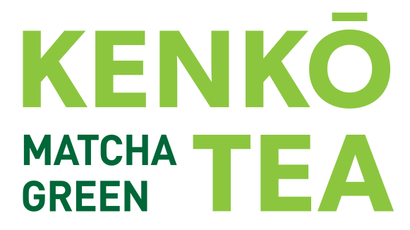I have ordered from 4x different online matcha brands recently and I was very underwhelmed with the quality of the matchas, then I thought I’ll try out kenko, and I am highly impressed. Beautiful bright green matcha, very smooth taste and very fine I don’t actually need to sift it.
I am literally ordering more right now I love it. Thanks for a great product.
Good website, easy to order, reasonable prices, love the matcha, arrived on time
Aside from the long shipping time frames, I’ve been a repeat customer and continue to enjoy the quality of the matcha powder. I really hope the shipping time frames will improve in the new year. Threre was a surprise gift in my package, thank you!!! 😊







